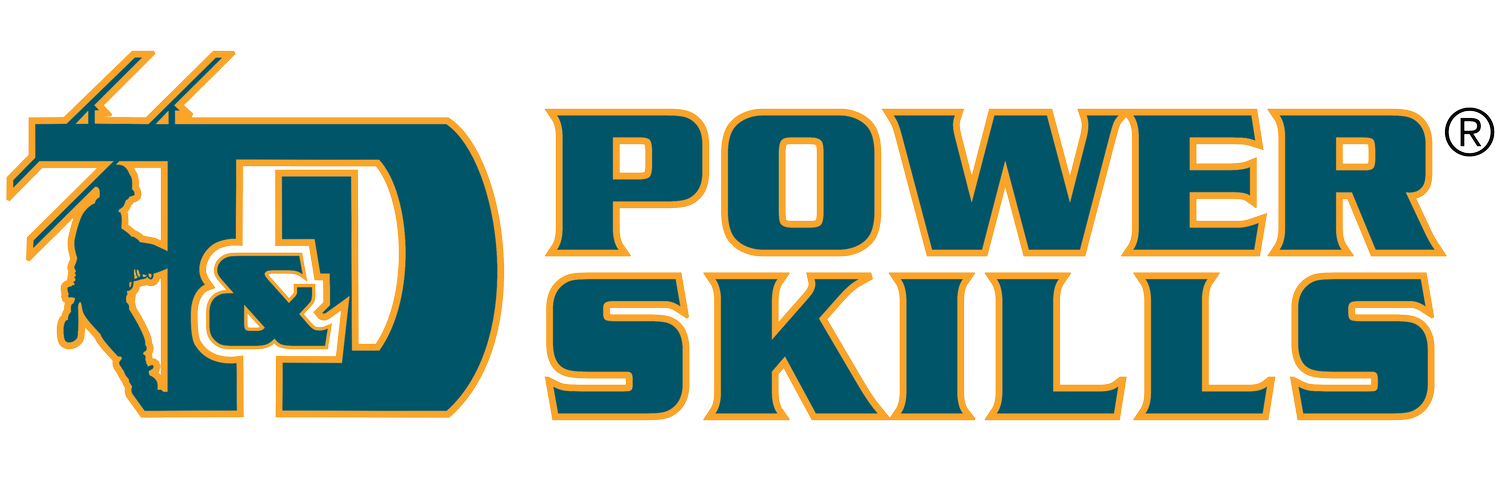Transmission Line Safety
COURSE DESCRIPTION
The most important concern in transmission line work is accomplishing each job safely. Safety on the job requires making the effort necessary to control working conditions, work practices, and human actions. Personal injuries and equipment damage are minimized when safe work practices are followed and when the hazards associated with transmission line work are minimized or eliminated.
COURSE GOAL
This training unit will explore three major areas of safety associated with transmission line work: personal safety, electrical safety, and work site safety.
SUBJECTS AND OBJECTIVES
Personal Safety
Identify and describe the types of clothing and protective equipment required for transmission line work.
Describe how slipping, tripping, and falling hazards can be minimized.
Describe how injuries can be avoided while loads are lifted and moved.
Explain why attitude is important to working safely.
Electrical Safety
Define the following terms: energized, isolated, and de-energized.
Describe electrical hazards present in transmission line work and explain why they may be dangerous.
Describe how an isolated or de-energized transmission line can present a hazard.
Describe a typical procedure for grounding an isolated transmission line.
Work Site Safety
Identify and describe general safety procedures that apply to most jobs.
Describe steps that can be taken to ensure safety when a job involves climbing transmission structures.
Describe steps that can be taken to ensure safety for transmission line work that involves rigging.
